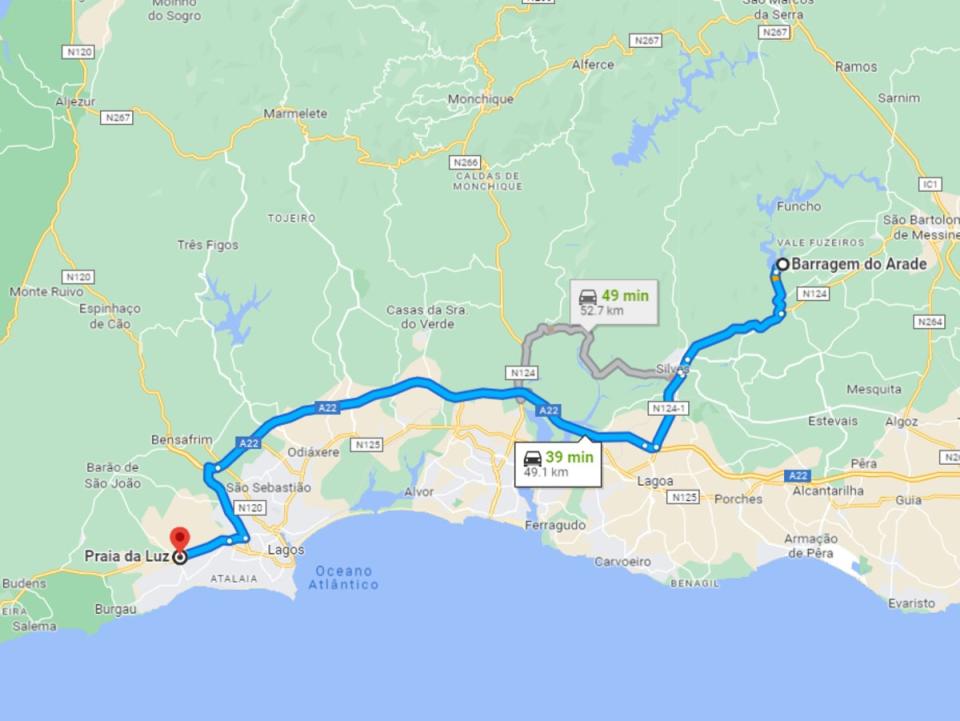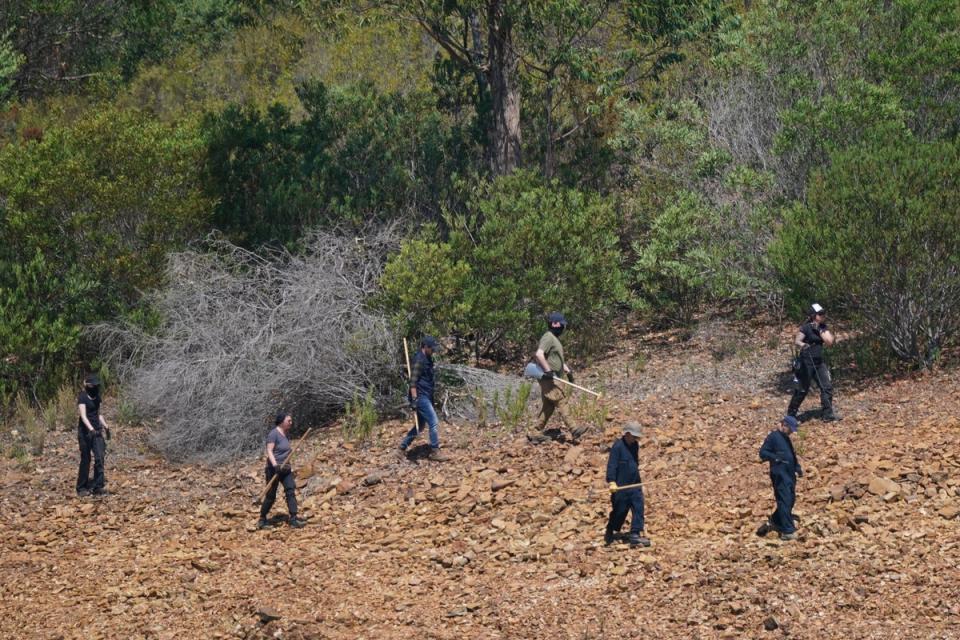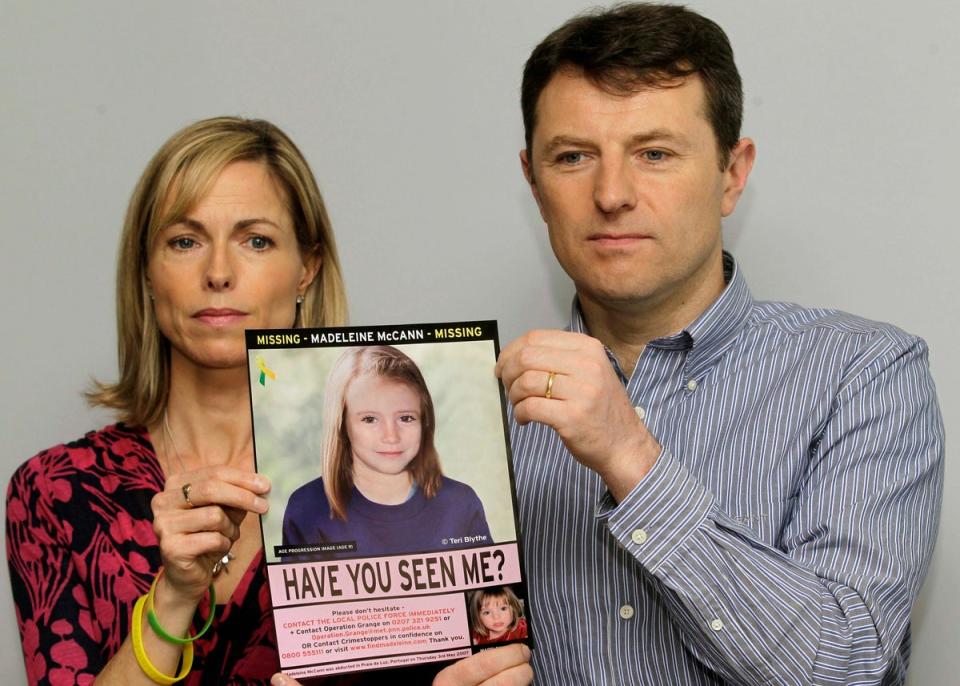How Madeleine McCann search at reservoir unfolded – and what police found
The long-running hunt for missing Madeleine McCann returned to the headlines last week, during a three-day search of a Portuguese reservoir.
Acting on tip-offs, police searched the remote Barragem do Arade reservoir in Portugal, an area that the prime suspect in the case, Christian Brueckner, frequented between 2000 and 2017.
Although police are remaining tight-lipped about the details they did confirm “materials collected” had been sent to Germany for analysis in the hope of shedding light on the ongoing mystery surrounding Madeleine’s disappearance from an Algarve holiday resort on 3 May 2007.
A “relevant clue” was also found during the search, according to Portuguese newspaper Correio da Manha.
Separately, investigators are set to widen the search again after photographs belonging to 43-year-old Brueckner were said to have yielded further clues.
Here is an overview of everything we know about the latest phase of the investigation.
The search
With help from Portuguese police, and with detectives from Scotland Yard watching on, German investigators scoured the beauty spot 16 miles from Silves, near the southern coast of the country.
Starting on Monday last week, investigators sealed off a mile-long peninsula jutting into the reservoir and set up tents as an operations base.
They then spent three days digging with shovels, cutting back swaths of undergrowth and using rakes and pickaxes to sweep the banks of the reservoir, leaving behind piles of rubble.
At the main 160 square foot excavation area, they flattened a concentrated area of woodland with heavy machinery and dug holes two feet deep.


Using sniffer dogs to hunt the surrounding grassland for clues, detectives in a rigid-hull inflatable boat also examined the water.
A no-fly zone in place in the skies overhead allowed police drones to survey the region undisturbed.
A track leading to the search area was cordoned off with police tape and marked vehicles from Portugal’s National Republican Guard.
What appeared to be evidence bags were removed from the scene.
The location
Barragem do Arade, translating at the Arade dam, lies 31 miles northeast of the Praia da Luz coastal resort from which Madeleine disappeared. It was built in 1955 and is fed by the river of the same name.
Specialist divers had previously searched the reservoir in 2008, paid for by Portuguese lawyer Marcos Aragao Correia, who claimed to have been tipped off by criminal contacts that Madeleine’s body was there.


Two other areas near Praia da Luz could also be searched by police, The Sun reported.
What happens now?
Investigators combing through more than 8,000 photographs belonging to Brueckner said they had provided further potentially fruitful lines of inquiry.
Brueckner, who denies any connection to Madeleine, is in jail in Germany for the rape of a 72-year-old American woman two years before the three-year-old vanished.

German prosecutor Hans Christian Wolters said the investigators were looking for a body, as well as anything that could help the investigation, such as clothing.
The probe will be continuing out of the public eye, he added.
As such, Madeleine’s parents will have to wait several weeks to find out the results of the analysis of the materials found, as their 16-year ordeal continues.

 Yahoo Sport
Yahoo Sport 





































